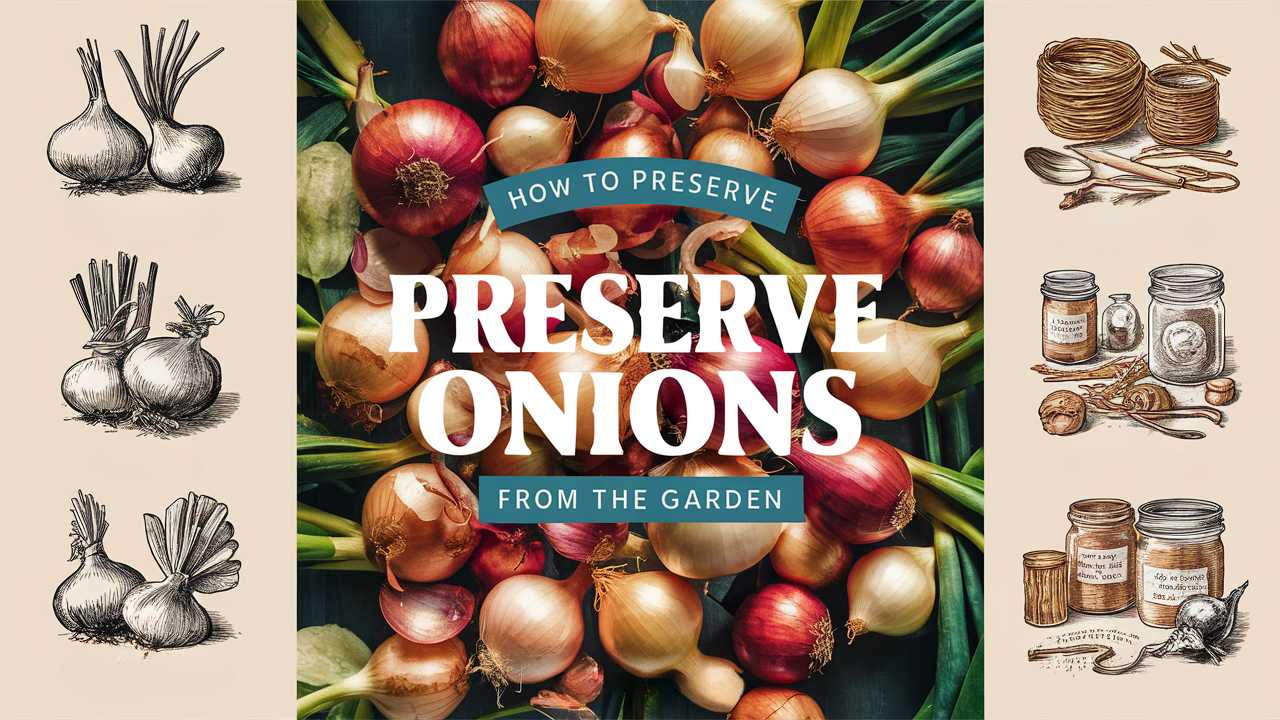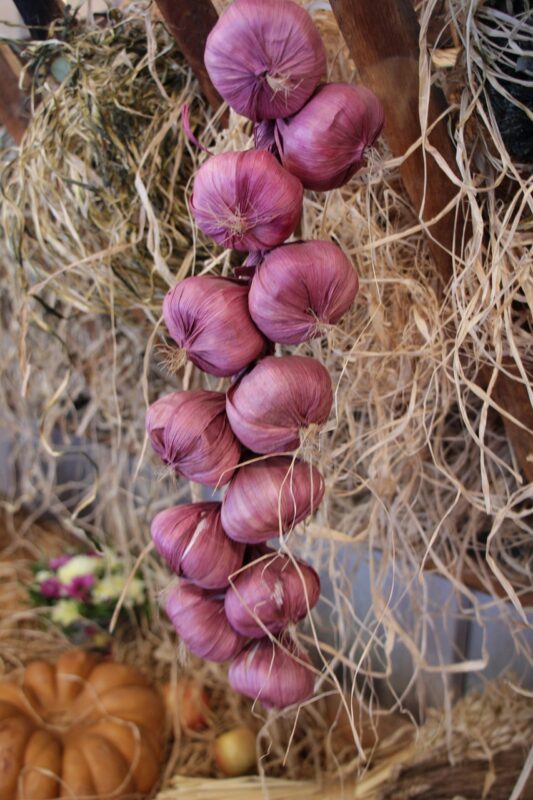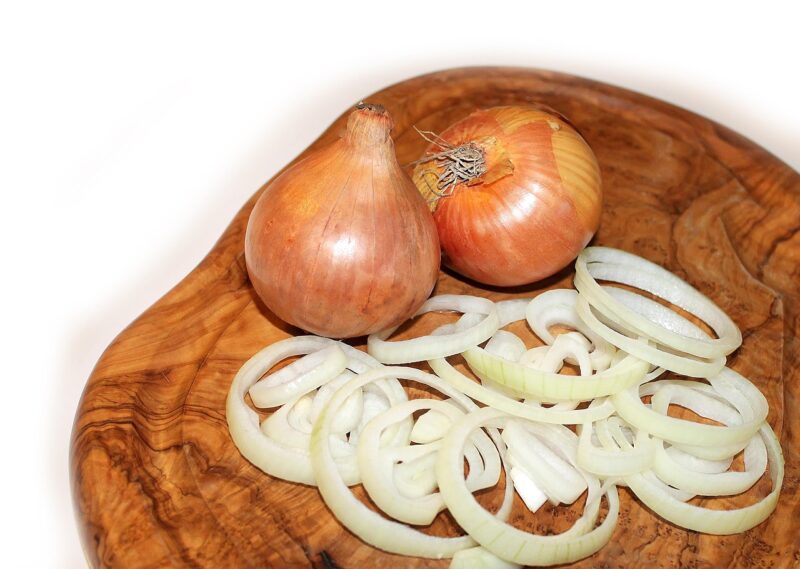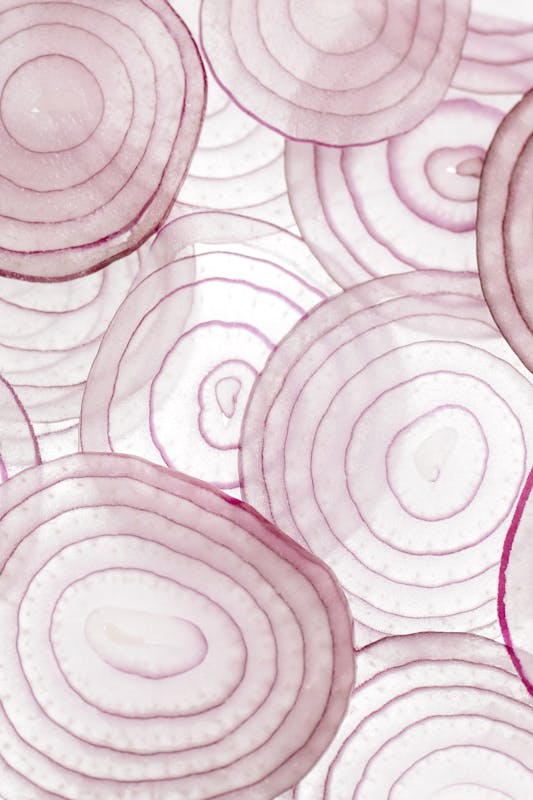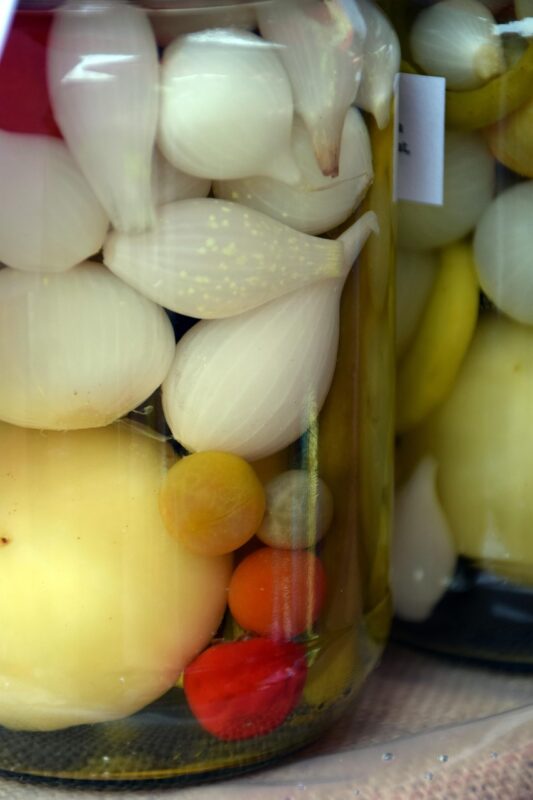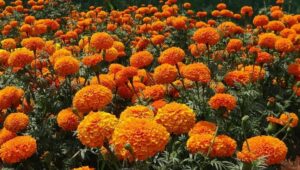This comprehensive guide will offer you an array of practical methods, tips, and insights on how to preserve onions from the garden, ensuring that your hard work results in delicious goodness year-round.
Understanding Your Onion Harvest: Varieties and Timing
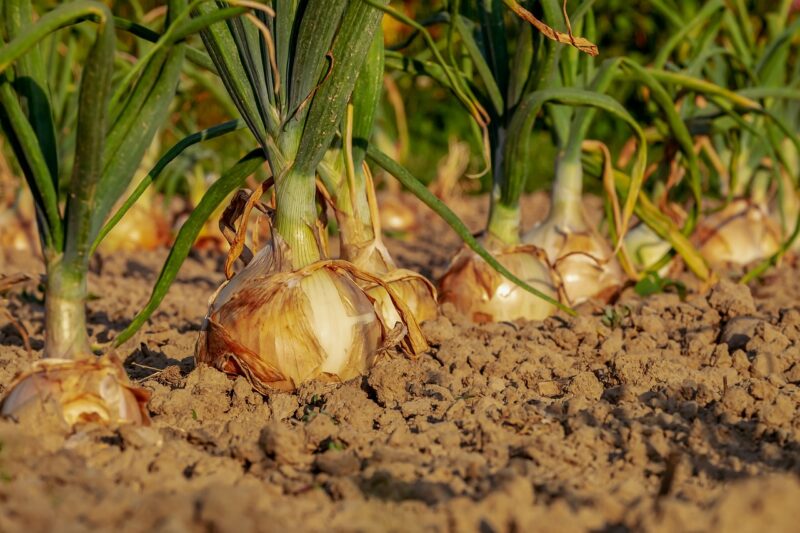
Before we embark on the journey of preservation, it’s essential to understand the types of onions you might have harvested. Common varieties include yellow, red, and white onions, each bringing unique flavors and qualities to your culinary creations.
Yellow Onions: The all-purpose onion, known for its balanced flavor and versatility. These onions are often best for long-term storage.
Red Onions: With their vibrant color and slightly sweeter taste, red onions are ideal for salads and salsas. However, they don’t store as well as yellow onions.
White Onions: These have a sharp flavor and are great for cooking but typically have a shorter shelf life compared to yellow onions.
Timing Your Harvest
The right time to harvest your onions is crucial for their preservation. Generally, onions are ready for harvest when the tops start to fall over and yellow. To ensure the best chance for long-term storage, make sure the bulbs are fully matured, firm in texture, and dry before harvesting. Leaving them in the ground a bit longer can enhance their storability; however, keep an eye out for pests and diseases.
Preparing Onions for Preservation
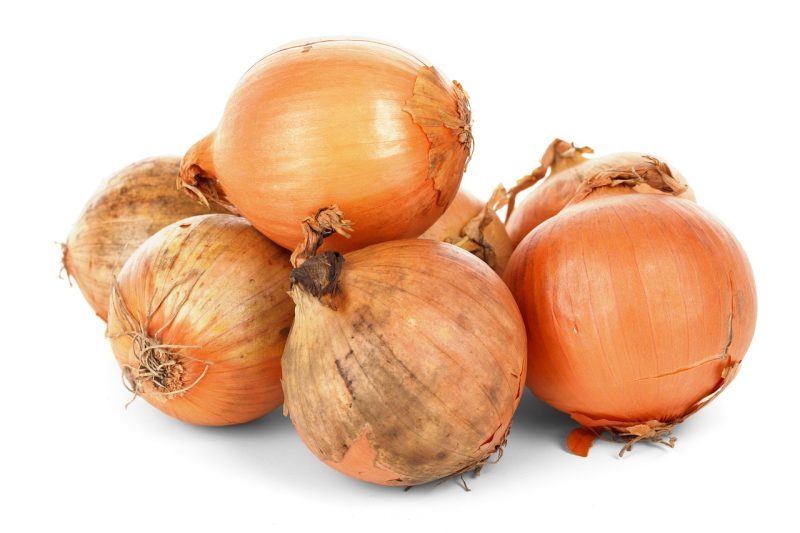
Once you’ve determined that your onions are ready for harvest, the next step is to prepare them.
Curing Onions
Curing is a vital step that involves drying the onions in a warm and airy place for two to four weeks. This process hardens the outer layers, which is essential for long-term storage. Here’s how to do it:
Remove the Tops: Clip the tops to about an inch above the bulb, ensuring you don’t cut into the actual bulb.
Lay Them Out: Place the onions in a single layer in a well-ventilated area, away from direct sunlight. A shed, porch, or garage can work well.
Monitor: Check them regularly for any soft spots or signs of rot. Onions with decay should be removed immediately to prevent the spread.
Cleaning
Once cured, gently brush off any dirt, but avoid washing them as moisture can lead to decay. Inspect each bulb and discard any that are damaged or diseased. Proper cleaning is crucial for keeping your preserved onions in excellent condition.
Different Methods for Preserving Onions
Now, let’s explore various methods of preserving onions. Each technique has its unique advantages and applications, and you might find different methods work better for particular onion varieties or your personal cooking style.
Long-Term Storage in a Cool, Dark Place
The simplest method of preservation is simply storing your onions in a cool, dark, and dry area. Proper storage can significantly extend the life of your onions.
Choose Your Container: Use mesh bags, old T-shirts, or baskets that allow airflow. Avoid using plastic bags as they trap moisture.
Optimal Conditions: Aim for a temperature range of 32-40°F (0-4°C), with low humidity. If you have a basement or root cellar, those are prime spots.
Check Regularly: Regularly check your stored onions for signs of spoilage. Remove any soft or sprouting onions promptly.
Freezing Onions
Freezing is a fantastic option if you have an abundance and want to keep them in usable portions.
Preparation: Peel and chop onions based on how you intend to use them later. You can also slice them in rings for grilling or sautéing.
Blanching: Blanching (briefly boiling them) before freezing is optional but can help in retaining color, texture, and flavor. Blanch for 2-3 minutes.
Flash Freezing: Spread the chopped onions on a baking sheet in a single layer. Freezing them this way prevents clumping.
Storage in Freezer Bags: Once frozen, transfer them to airtight freezer bags or containers. Label with the date for optimal rotation through your freezer.
Dehydrating Onions
Dehydrating is another excellent strategy. This method is not only practical but also produces a concentrated flavor that can enhance soups, stews, and other dishes.
Slice: Thinly slice your onions, aiming for uniformity for even drying.
Dehydrator or Oven: Use a food dehydrator or an oven set to a low temperature (around 125°F/52°C) to ensure they dry slowly and completely. If using an oven, keep the door slightly ajar to allow moisture to escape.
Storage: Once dehydrated, store the onions in airtight jars or vacuum-sealed bags in a cool, dark place. They can retain flavor for up to a year if properly stored.
Pickling Onions
Pickling not only preserves onions but also adds a delicious tang that can elevate many dishes.
Quick Pickle Recipe: Combine vinegar, water, sugar, and salt to make a brine. Feel free to customize with spices such as garlic, dill, or bay leaves.
Preparing Onions: Peel and slice the onions, and pack them tightly into sterilized jars.
Pouring the Brine: Fill the jars with the cooled brine, ensuring that the onions are submerged.
Refrigeration: Let the jars cool before sealing and refrigerating. Quick pickled onions are best consumed within 2-3 weeks but can last longer.
Making Onion Powder
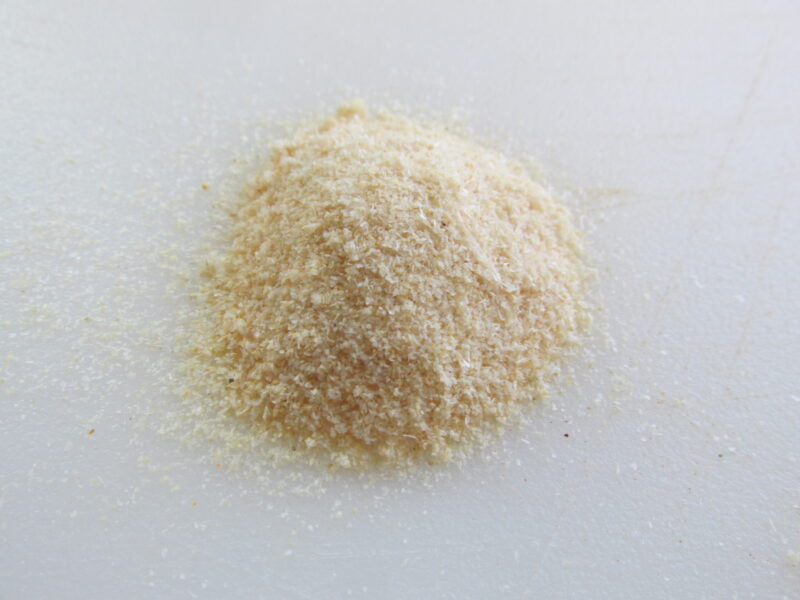
If you’re into homemade seasonings, making onion powder is a great way to ensure you have onions available in a highly versatile form.
Dehydrate: Follow the dehydration process until onions are completely dry.
Blend: Once dried, use a spice grinder or high-speed blender to achieve a fine powder.
Store: Place the powder in airtight containers away from light. It can last for several months and is a great addition to various dishes.
Culinary Uses of Preserved Onions
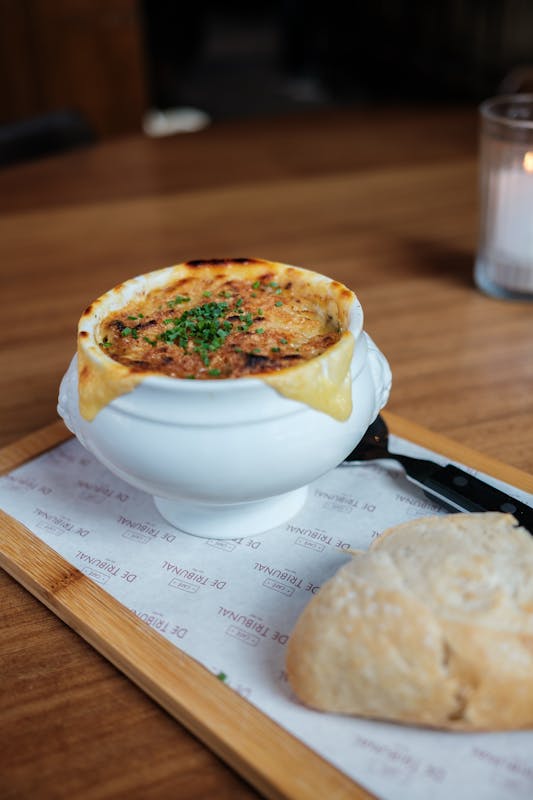
The excitement doesn’t end with preservation; knowing how to use your preserved onions can enhance your culinary creations. Here are a few delightful ways to employ these ingredients:
Flavoring Soups and Stews
Dehydrated or frozen onions are excellent for adding depth to soups and stews. Simply toss them in at the beginning of cooking, and enjoy the savory profile they contribute.
Salad Accents
Pickled onions add an exciting flavor contrast in salads. Their acidity can balance rich or creamy components, making your salads pop.
Side Dishes
When grilling or roasting, you can add fresh, frozen, or even pickled onions to side dishes. They can transform simple roasted vegetables into something extraordinary.
Savory Sauces
Onion powder can serve as a foundation for many sauces, providing an intense flavor and aroma. Use it in marinades, dressings, or dry rubs.
Troubleshooting Common Issues
Even with the best intentions, preserving onions can come with challenges. Here are common issues you may encounter and how to resolve them.
Soft or Rotted Onions
If you notice any onions becoming soft or rotting in storage, remove them immediately to prevent spoilage from spreading to healthy onions. Always inspect onions before storing.
Unpleasant Odors
If you smell anything off during your curing or storage process, ensure that the area is properly ventilated. Humidity and lack of airflow are often culprits.
Loss of Flavor
If your preserved onions seem bland, make sure you’re storing them correctly. Using airtight containers, and checking for moisture can help maintain flavor.
The Connection to Sustainability
Preserving onions is an essential part of a sustainable lifestyle. By minimizing waste and extending the life of your harvest, you contribute to more responsible food consumption. There’s a sense of pride that comes with knowing you’ve taken steps to honor your harvest, reduce your carbon footprint, and increase your self-sufficiency.
Share and Celebrate
Consider sharing your preserved onions and experiences with friends and family. You might inspire others to grow their own or discover new ways to enjoy garden-fresh produce. Hosting a dinner party showcasing your culinary creations can turn your preservation efforts into communal joy.
Conclusion
Preserving onions from your garden is not just a practical undertaking; it’s a celebration of the fruits of your labor. Whether you opt to cure, freeze, dehydrate, pickle, or turn them into powder, you’re ensuring that the flavors of your garden are present in your kitchen throughout the year. Each method offers a unique experience, allowing you to personalize your preservation journey.


